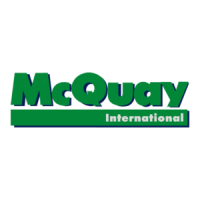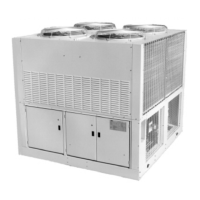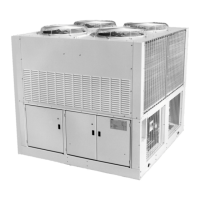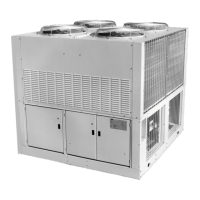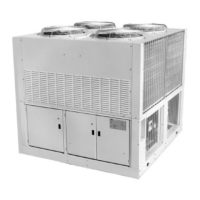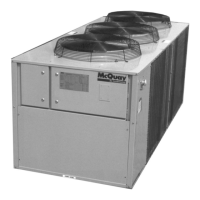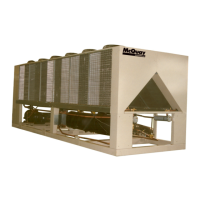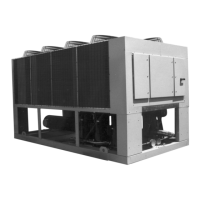What to do if the McQuay AGR 100AS Chiller compressor will not run?
- IichenAug 17, 2025
If the McQuay Chiller's compressor won't run, several issues could be the cause. First, check if the main switch or circuit breakers are open and close the switch. Also, check for blown fuses, shorts, or grounds in the electrical circuits and motor windings. If thermal overloads have tripped, give the unit a close inspection when restarting. Other potential causes include a defective contactor or coil (repair or replace), system shutdown by safety devices (determine the cause and correct it before resetting), a liquid line solenoid that won't open (repair or replace), motor electrical trouble (check for opens, shorts, or burnout), or loose wiring (check and tighten all wire junctions). If no cooling is required, wait for the load.
